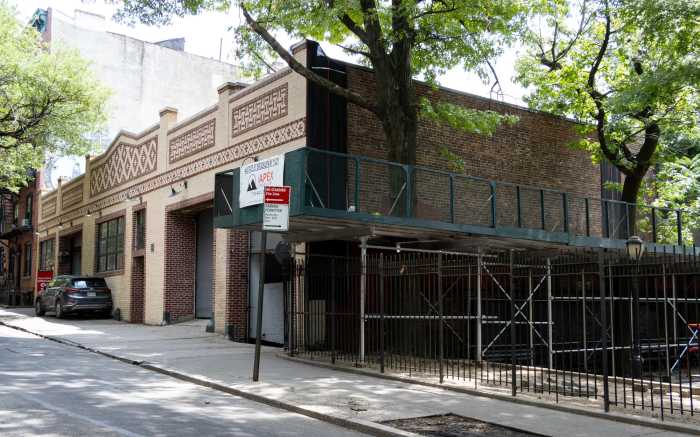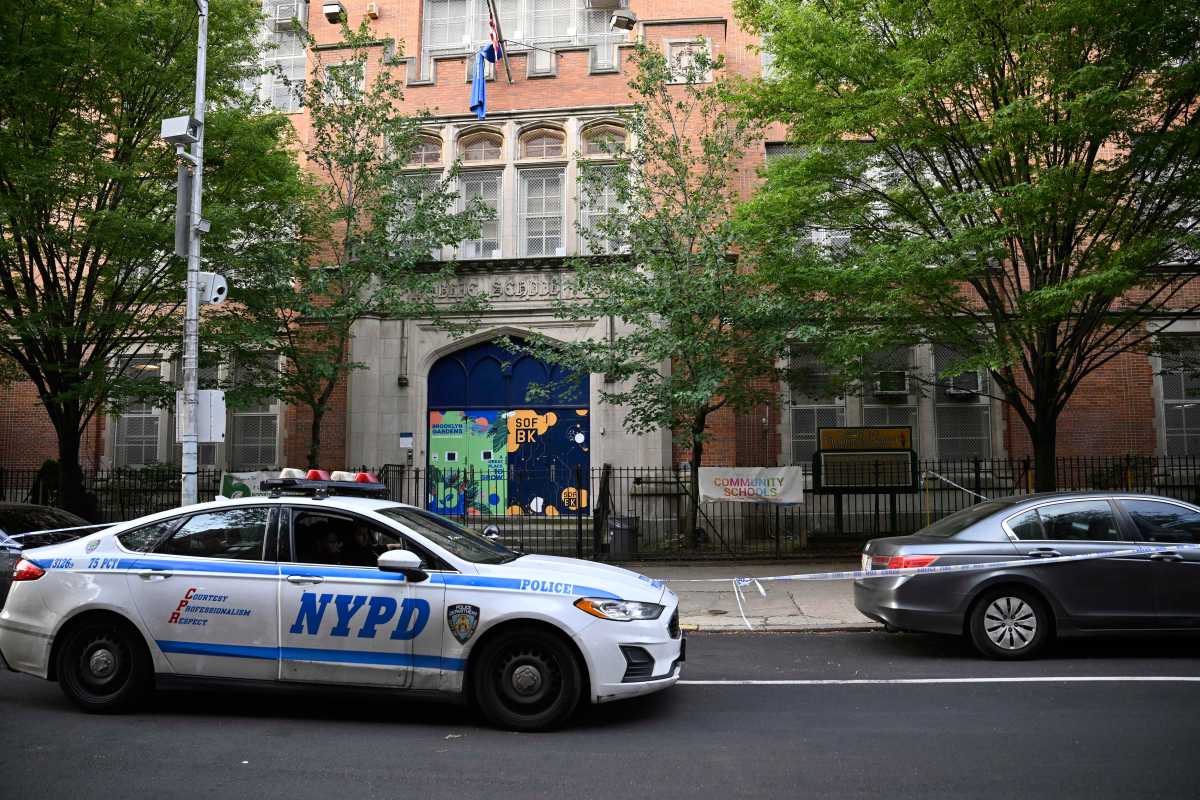The borough’s real-estate bust is now a booming Web site.
Councilman Brad Lander (D-Park Slope) unveiled a searchable online database called stalleddevelopment.com to show off all the vacant, stalled or abandoned development sites in his district, which sprawls from Borough Park to Cobble Hill.
Lander said that he and other staffers traversed the district and photographed many of the half-done, quarter-done and completely un-done sites — a relic of the boom gone bust.
“These developments cause real hazards for their neighbors — fences falling down on sidewalks, loose construction debris that can become deadly in high winds,” he said in a statement. “We need to get a better handle on these sites, and to take action to convert local blight into community benefit.”
Each site on the map is labeled “existing building conversion with stop work orders,” “vacant buildings in derelict condition,” “demo/vacant development site” or “stalled site.”
The last category is the biggest subset of busted properties. It includes such long-stalled sites as 340 Court St., the former longshoreman’s union health center that was torn down in 2008 by the Clarett Group, which had plans for a spiffy new seven-story condo. Lander’s Web site lays bare the pain: “Stalled,” it says.
Another area of concern is Fourth Avenue, the once-booming new western edge of tony Park Slope. Lander’s site shows four residential towers that are similarly stopped dead.
There are also several stalled projects on Caton Place in Kensington.
Lander said he plans to develop legislation that would keep these sites “safe, address the hazards and nuisances to neighbors.”
Such a bill could include a new surcharge on vacant properties that have a “severe blighting effect on their surroundings”; strenghtening the city’s power to force property owners to perform emergency repairs; and a resolution to encourage the state to change the law so that only “responsible, credible” bidders can make purchases at foreclosure auctions.
“Right now, there’s no test,” Lander said. “At the very least, we should be looking at whether the bidder has his own foreclosure problems or doesn’t pay his taxes. It’s entirely within the state’s power to do that.”
Lander denied that his surcharge idea would be counter-productive because it would undermine a would-be developer’s efforts to get back to work.
“This would be a small surcharge to reflect the cost of additional city services that these vacant sites require,” he said, mentioning that such lots have tax rates that remain low until a building project is completed and the lot is reassessed.
“That means such sites that are having detrimental impact on their neighbors, yet often require extra city services such as sanitation or Department of Buildings involvement,” he said.

























